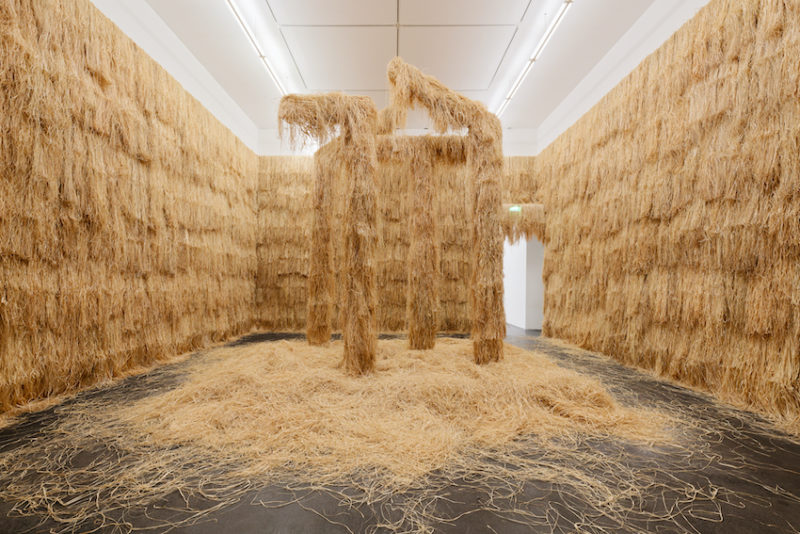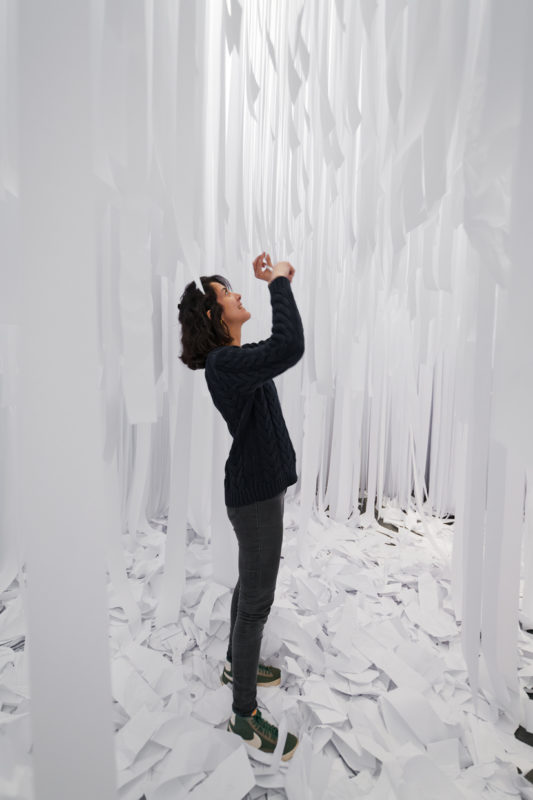Gianni Pettena
Né en 1940 à Bolzano (Italie), vit et travaille à Fiesole (Italie)
Gianni Pettena fait parti du noyau d’origine – avec Archizoom, Superstudio et UFO – de l’Architecture radicale italienne, mouvement qui a eu un impact considérable sur la pratique de l’architecture et du design. Par l’introduction d’une vision élargie de l’architecture, Pettena utilise l’art conceptuel et la rhétorique du discours politique afin d’analyser la transformation des espaces publics. Son engagement dans le domaine de l’architecture et du design en Italie s’établit dès les années 1960, quand il était encore étudiant en architecture à Florence. Peu après son diplôme il a été invité comme artiste en résidence au Minneapolis College of Art and Design, puis à University of Utah à Salt Lake City. Son engagement profond dans la pensée sur l’art, l’architecture et le design l’ont conduit à enseigner dans diverses institutions dont Architecture Association à Londres et School of Architecture at California State University Program à Florence. Il a publié ses vues dans un manifeste intitulé L’Anarchitetto: Portait of the Artist as a Young Architect (1973, Guaraldi Rimini), qui a marqué plusieurs générations d’artistes et d’architectes. L’auteur y refuse les frontières entre les disciplines et se définit comme un « anarchitecte », celui pour qui parler d’architecture est un moyen de désigner une condition créatrice destinée à faire de l’architecture, mais qui aboutit à un art de vivre. Parmi les outils et les sujets présents dans son travail, on peut mentionner l’utilisation du langage, le rapport à la nature et au contexte, les jonctions entre réalité et reproduction.
Born in 1940 in Bolzano (Italy), lives and works in Fiesole (Italy)
Along with Archizoom, Superstudio, and UFO, Gianni Pettena is one of the founding figures of the Italian Architettura Radicale movement, which has a considerable influence on contemporary architecture and design. In developing an expanded vision of architecture, Pettena turned to conceptual art and rhetoric of political discourse to analyze the transformation of public space. Pettena’s involvement in architecture and design began in the 1960’s, when he was still a student in Florence. Soon after graduating, he was invited to become an artist in residence at the Minneapolis College of Art and Design and, subsequently, at the University of Utah in Salt Lake City. His profound commitment to thinking about art, architecture, and design let him to teach in various institutions, including the Architectural Association in London and the School of Architecture at California State University Program in Florence. In 1973, he published his views on art and architecture in form of a manifesto titled L’anarchitetto: Portrait of the Artist as a Young Architect. In his manifesto, which went on to inspire several generations of artists and architects, Pettena ignores the boundaries between various disciplines and describes himself as an “anarchitect”. As such, to speak about architecture is, for Pettena, a way of defining a creative state that, in aiming to produce architecture, ends up creating an art of living. The different approaches and themes of his work include the use of language, a concern for nature and context, and the relation between reality and reproduction.
Gianni Pettena est représenté par la galerie Salle Principale, Paris (France).
current & upcoming exhibitions
13.09 – 13.12.24
10 years | Salle Principale, Paris, France (Achim Reichert — graphic design) (cur. Maryline Brustolin & Dominique Mathieu
20.09.24 – 09.03.25
FRAC Centre, Orléans, France (solo)
23.02 – 18.08.24
Presque Partout (almost everywhere) | 49 Nord 6 Est – FRAC Lorraine, Metz, France
10.02 – 01.09.24
Anarchitecture | CRAC Occitanie, Sète, France (solo) cur. Marie Cozette
04.12.23 – 30.03.24
Place-ness, habitar un lugar | Centre Pompidou, Malaga, Spain
selected works

Archipensiero | 2009
raphia, bois
dimensions variables
photo Aurélien Mole

Paper (Midwestern Ocean) | 1971
papier kraft blanchi
dimensions variables
photo Aurélien Mole
Intense. projet d’architecture | 1971
vidéo
couleur, muet
6 min.13
photo Aurélien Mole
bio_Gianni Pettena | PDF
aoc_Raphael Bourgois | PDF
Le Monde_Isabelle Regnier | PDF
The Art Newspaper_Bernard Marcelis | PDF
domus_Laura Drouet et Olivier Lacrout | PDF
L'anarchitetto_facsimile | PDF
The curious Mr Pettena Rambling Around the USA 1971-73_edited by Luca Cerizza | PDF
PERIPATETIC PETTENA Notes on a Wandering Visionary_James Wines | PDF